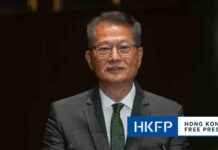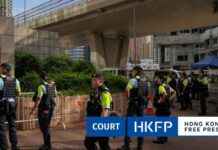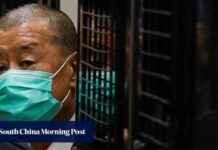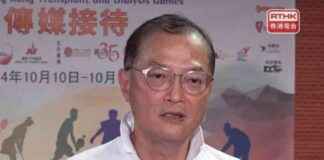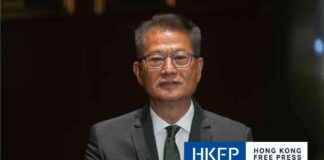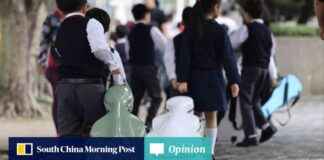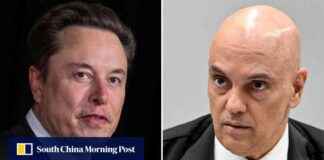Nepal’s Historic Demand: Calls for Monarchy Return Amidst Government Corruption
In a remarkable show of support, thousands of Nepalis gathered in the bustling capital of Kathmandu to welcome the return of their former king, Gyanendra Shah, and rally for the reinstatement of the monarchy and the re-establishment of Hinduism as the state religion. The scene was both jubilant and charged with emotion as an estimated 10,000 fervent supporters swarmed the main entrance of Kathmandu’s Tribhuvan International Airport, eagerly awaiting the arrival of the exiled monarch following his tour of western Nepal. The air buzzed with anticipation as chants of “Vacate the royal palace for the king. Come back king, save the country. Long live our beloved king. We want monarchy,” reverberated through the crowd, creating a powerful and unforgettable moment.
A Resonant Call for Change
The spirited gathering of supporters, adorned with colorful flags and banners, effectively blocked the airport’s entrance, disrupting normal operations and compelling arriving and departing passengers to navigate their way through the throng. Despite the inconvenience, the atmosphere remained peaceful, with no reports of violence, thanks in part to the presence of hundreds of riot police who skillfully managed the crowd and prevented any untoward incidents. The orderly conduct of the protesters underscored the depth of their conviction and the significance of their message.
The resurgence of support for the monarchy marks a significant shift in the political landscape of Nepal, which has grappled with instability and governance challenges in the years following the abolition of the monarchy in 2008. The decision to strip Gyanendra of his authoritarian powers in 2006, in response to widespread protests, was seen as a turning point in the country’s history, ushering in a new era of democracy and political reform. However, the subsequent establishment of a republic has failed to deliver on its promises of stability and prosperity, leaving many Nepalis disillusioned with the status quo. The nation’s political landscape has been marred by frequent changes in government, with a staggering 13 administrations coming to power since the monarchy’s demise, reflecting the deep-seated discontent and frustration among the populace.
A Quest for Stability and Renewal
The recent outpouring of support for Gyanendra and the monarchy signals a growing desire among Nepalis for a return to the traditional values and cultural heritage embodied by the royal institution. For many, the monarchy represents a symbol of unity, continuity, and stability in a nation plagued by political turmoil and economic uncertainty. The fervent calls for the reinstatement of Hinduism as the state religion further underscore the yearning for a return to the country’s spiritual roots and a rejection of the perceived secularization of Nepali society.
As the debate over the monarchy’s future continues to unfold, it is clear that the voices of the people cannot be ignored. The resounding chants of the crowd, the sea of faces united in their shared aspirations, and the palpable sense of hope and determination all speak to a nation at a crossroads, grappling with its past, present, and future. The road ahead may be fraught with challenges and uncertainties, but one thing is certain: the call for change is loud and clear, echoing across the valleys and mountains of Nepal, resonating with the dreams and aspirations of its people.




